The evolution of toilet paper is interviewed with the histories of the cultures that influenced its development over time. From Roman tools to the modern day comfort of two-ply rolls, hygiene has evolved. Dating back as far as the 6th century in China marks a milestone in the timeline of toilet paper history when its origins can be traced to this significant era. As for the question of who invented toilet paper, that discovery takes us back to China where early forms of paper were first utilized for cleanliness purposes.
The evolution from materials like leaves and corn husks to soft and eco-friendly alternatives reflects our desire for convenience and cleanliness over time. This progression towards hygiene has heightened our consciousness of the consequences of our bathroom habits and paved the way for the adoption of environmentally friendly resources such as bamboo. However, when it comes to who invented toilet paper, it holds weight due to its impact, on our daily lives.
To embrace these advancements in your home, discover home innovations by browsing the range of options offered at HOROW.

Origins of Toilet Paper: Who Invented Toilet Paper?
Toilet paper has a history that dates back to China when they used primitive paper for cleanliness around the 6th century AD. Paper for personal hygiene was first used by the imperial court and later became available to the general population during the Tang Dynasty, in China. However, who invented toilet paper used today?
The evolution of toilet paper reveals the shifting perspectives on hygiene over time-once reserved for the elite and now a staple for all. A testament to the growing emphasis on cleanliness, in society.
Learning about who invented toilet paper and its impact on society provides insight into the evolution of our culture highlighting our efforts to enhance cleanliness and improve quality of life over time.
Early Alternatives to Toilet Paper
Have you ever thought about the origins of who invented toilet paper and the different options people used? In the past before the existence of toilet paper as we know it today personal hygiene was maintained using materials that may seem strange to us now. They show how inventive societies were, in ensuring cleanliness.
Leaves, Grass, and Moss
In cultures, leaves, grass, and moss was frequently used for sanitation purposes post restroom use. These natural materials were easily accessible and eco-friendly making them ideal, for maintaining cleanliness. Sphagnum moss was particularly prized for its qualities and studies suggest that Neanderthals may have used leaves for hygiene purposes as early as 400000 years ago.

Sea Sponges
The ancient Romans were famous, for using sea sponge tools in bathhouses for cleaning purposes. They attached these sea sponge tools to sticks for convenience and soak them in saltwater after use to keep them clean and hygienic. Although this practice might seem unhygienic by standards it was an effective way of ensuring cleanliness in communal areas.
Corn Husks
In America, people used corn husks for hygiene. Because they were plentiful and gentle on the skin for a bit of comfort, too. With modern toilet paper being around, corn husks are still used in rural regions sometimes to this day.

Stones and Clay
In societies and traditions of the past eras utilized elements such as stones and clay for cleansing purposes. These resources were commonly accessible and long lasting. Although they may appear sophisticated at times, they proved to be efficient in keeping cleanliness. These ancient hygiene solutions played a role, in laying the foundations for the advancements seen in present day sanitation technologies.

Cloth and Wool
During periods in Europe, the selection of cloth and wool played a role in upholding cleanliness norms among the populace. People from varying strata opted for cleaning tools based on their economic standing. Wealthier individuals favored cloth rags for cleaning purposes whereas those with resources resorted to using straw or hay. This contrast underscored the disparities during that time and demonstrated how cleaning routines were intertwined with one's social standing.
In the past, these techniques may appear basic by standards. They marked the beginning of our knowledge about personal cleanliness and hygiene practices of ancient times and provide insights into the evolution of cleanliness, over time.

Evolution of Toilet Paper
The invention of toilet paper marks an advancement in maintaining hygiene standards over the years. It originated from using materials such as corn cobs and seashells. Eventually evolved into softer and scented versions. This evolution reflects society's emphasis on prioritizing comfort and convenience in cleanliness practices.
Do you know who invented toilet paper and its significance in the realm of hygiene history and personal care evolution from times to modern advancements?
Joseph Gayetty’s Revolutionary Invention (1857)
Who invented toilet paper? Joseph Gayetty's launch of toilet paper for sale in 1857 marked a milestone in the realm of hygiene practices back then. This paper was positioned as a health aid. Emerged as the commercially prosperous toilet paper in America. Although it didn't resemble the roll form we use currently it played a role in shaping the evolution of contemporary toilet paper products.
Introduction of the Toilet Paper Roll (1870s-1890s)
Gayetty's flat sheets were followed by the invention of the toilet paper roll, in the century by Seth Wheeler who patented the first rolls and dispensers in 1883 with Scott Paper Company later popularizing them in American households. This innovation revolutionized bathroom hygiene making it more convenient and sanitary while also establishing a norm for cleanliness. Although by that time toilet paper had become a product in homes across America, it was still considered a luxury item by some people.
From Luxury to Necessity (the 20th Century)
The evolution of toilet paper from a luxury item to an essential is quite intriguing. Back in the day when only the rich could indulge in luxury items to Gayettys introduction of paper that popularized toilet paper for the masses-the journey is indeed remarkable. By the 21st century, the question of who invented toilet paper shifted from a historical perspective to a global and cultural trend, as more nations embraced its use.
The Environment Impact: A Shift Towards Sustainability
Reflecting on the roots of who invented toilet paper, the influence on our present-day existence is certainly significant to consider. The widespread use of toilet paper has sparked worries regarding its consequences. The traditional manufacturing techniques of toilet paper have led to deforestation which in turn has triggered issues like climate change and biodiversity loss. The worldwide need for toilet paper has put pressure on forests around the world with effects on the environment.
The Cost of Comfort: Deforestation and Climate Change
Our pursuit of convenience with personal care items such as toilet paper comes at a cost to the environment. It contributes to deforestation. Exacerbates climate change as we consume increasing amounts of toilet paper the health of our planet deteriorates. However, advancements, in toilet technology and eco-friendly hygiene products are addressing this issue.
Eco-friendly Alternatives: Bamboo and Recycled Paper
The manufacturing of toilet paper is connected to deforestation because trees are harvested to create paper pulp. This process leads to the destruction of habitats. This adds to climate change concerns by releasing greenhouse gases into the atmosphere. Furthermore, a negative impact is felt by ecosystems that host an array of plant and animal species due to deforestation because it destroys their natural surroundings. The production process of toilet paper also utilizes an amount of water and incorporates the use of toxic chemicals which intensifies environmental challenges even more.
Concerns about the environment have led to a trend towards using eco-options of traditional toilet paper lately. Bamboo has emerged as a choice for toilet paper due to its rapid growth and minimal water and pesticide requirements. Moreover, it's worth noting that bamboo absorbs more carbon dioxide than trees do which aids in combating climate change. An alternative option is recycled paper which not only reduces the demand for new pulp but also helps in waste diversion from landfills.
| Material | Benefits | Environmental Impact |
|---|---|---|
| Bamboo | Fast-growing, minimal water needs, higher CO2 absorption | Lower deforestation rate, reduced carbon footprint |
| Recycled Paper | Utilizes post-consumer waste, limits virgin pulp use | Decreases landfill mass, fewer trees cut down |
Choosing eco-friendly products is better, for the environment. It helps us develop better habits so that upcoming generations can experience a cleaner world in the future.
Modern Toilets: The Culmination of Centuries of Innovation
Learning about who invented toilet paper, let's look at modern toilets. The development of toilets has progressed hand in hand with advancements, in personal hygiene items. From the facilities used in societies to the sophisticated toilets available today modern toilets embody the pinnacle of centuries of progress and ingenuity.
From Thomas Crapper to High-Tech Toilets
Who invented toilet paper? Thomas Crapper is often recognized as the innovator of the toilet during the Victorian era. However, he did not invent it but rather enhanced its structure and accessibility to a broader audience. Through his contributions, the groundwork was set for the toilet design evolution which includes advancements, like self-cleaning mechanisms and water conservation attributes.
Modern toilets serve a purpose beyond convenience by contributing to environmental sustainability due to their efficient use of water and energy enabled by innovative technology advancements. These eco-conscious toilets play a role, in combating climate change and promoting an environmentally friendly tomorrow as we confront issues like deforestation and the impacts of climate change. Embracing eco solutions and adopting the toilet technologies is essential because we strive for a healthier planet and work towards a more sustainable future, in hygiene practices.
The Integration of Technology in Modern Toilets
Toilets nowadays offer more than functionality, they often include features like heated seats and bidets for added comfort and hygiene benefits as well as automatic lids and hands free flushing to make bathroom visits more convenient and enjoyable.
The Rise of Smart Toilets
Lately, in the market scene of home appliances there has been a shift as toilets have made an entrance into the picture recently. These modern bathroom fixtures are changing the world of bathroom technology by enhancing comfort in personal hygiene routines and encouraging eco practices in homes. Smart toilets are at the forefront of blending technology with needs.
Comfort
Upgraded toilets elevate hygiene with added comfort features such as seats and customizable wash and dry settings to enhance the bathroom experience with a touch of luxury.
Hygiene
When it comes to advancements in hygiene products, and solutions smart toilets are revolutionizing the industry. Equipped with self-cleaning technology, antibacterial surfaces and, touchless features they also include integrated bidets and air purifiers to ensure a bathroom experience.
Sustainability
Intelligent toilets play a role, in supporting sustainability by being created to save water and include eco features to encourage resource conservation.
To sum up intelligent toilets combine luxury cleanliness and eco-friendliness. They are at the forefront of cutting edge bathroom innovations. Businesses such as HOROW are exploring frontiers in this field.
Choosing the Right Toilet for Your Home
Switching to HOROW toilets provides benefits compared to using toilet paper, which was created in ancient China and remains a standard essential but comes with the drawback of regular disposal leading to deforestation issues. Unlike toilet paper, HOROW toilets integrate features, such as integrated bidets and air dryers, that minimize paper usage and decrease environmental harm.
In addition, HOROW toilets offer improved hygiene and comfort with features such as self-cleaning technology and advanced sanitation while also promoting sustainability for future generations to come. A look into the evolution of toilet paper from its origins in China to its applications reveals that options like HOROW toilets offer an eco-friendly and sanitary choice for present-day homes. In the inquiry of who invented toilet paper in today's world, advancements in toilet technology are reshaping our understanding of cleanliness.
HOROW T36

The smart toilet HOROW T36 provides an approach to cleanliness by incorporating cutting edge features such as a bidet system and heated seat with an air dryer addition for added comfort and convenience in the bathroom setting. This innovative design reduces the reliance on toilet paper usage while encouraging a hygienic and sustainable bathroom routine. The bidet feature ensures a comfortable cleansing experience for users as opposed to toilet paper methods. Moreover, the T36 model comes with options for water temperature and pressure settings which cater to preferences, making it an adaptable and environmentally conscious choice for modern households.
When looking at the origins of who invented toilet paper, the T36 represents an advancement in personal cleanliness habits. The perception of toilet paper has shifted from being a luxury to an essential item in every household. As the awareness regarding environmental issues and resource conservation increases, options such as the T36 bidet system are gaining popularity. Decreasing the use of paper goods and introducing the T36 model as an environmentally friendly option that caters to needs for convenience and eco-friendliness while reducing the ecological impact typically linked to toilet paper usage.
HOROW T37

HOROW T37 smart toilet by HOROW brings a sanitary option to replace toilet paper usage. It comes with a bidet seat feature that allows for water pressure levels and temperature settings along with nozzle positioning for a personalized cleaning feel. This innovative functionality encourages enhanced hygiene and comfort while also cutting down on the reliance on toilet paper. In contrast to choices, the T37 presents an eco-friendly alternative that generates no waste post each use.
Moreover, the T37 comes with an integrated air dryer that removes the necessity of paper, which may lead to irritation and environmental harm. This device stands out from other methods due to its self-cleaning nozzles and user-friendly design prioritizing both cleanliness and ease of use. It not only focuses on cleanliness but also advocates for a more eco-friendly and efficient method by reducing the dependence on paper products. The T37 effortlessly incorporates technology into our routines to demonstrate the advancements in toilets over time – well before who invented toilet paper.
HOROW T38P

The HOROW T38P toilet provides cleanliness and comfort with its bidet seat that includes adjustable water pressure, temperature settings, and a self-cleaning nozzle system. The design is compliant with ADA standards for accessibility purposes. These functions guarantee an eco-friendly cleaning experience compared to using regular toilet paper. T38P stands out for its ability to minimize paper waste and promote cleanliness compared to toilet paper usage dating back to the Tang Dynasty era - who invented toilet paper - the innovative functionalities of the T38P such as the seat and touchless operation not only offer enhanced comfort but also present a more eco-friendly option in contrast to traditional paper-based approaches.
HOROW T30

The HOROW T30 is a bidet toilet that comes with an electric seat and is specifically made for a 12-inch rough-in installation setting. It provides an effective option for cleanliness by offering a self-cleaning nozzle and adjustable water pressure to guarantee hygiene as opposed to using regular toilet paper.
Toilet paper was originally utilized in China during the Tang Dynasty for its convenience and practicality, over the centuries. However, the T30 offers a sustainable alternative that minimizes the ecological footprint of paper waste and enhances both hygiene and comfort levels significantly.
FAQ
1. What is the history of toilet paper?
The origins of toilet paper can be traced back to China during the century when it was considered a high-end commodity reserved for emperors of that era. Nowadays, we have access to alternatives due to the numerous advancements made in this field over time.
2. What were early alternatives to toilet paper?
Before the invention of toilet paper, people relied on materials like leaves, grass, moss, and other resources. They made do with whatever was available such as sea sponge and stones depending on their location.
3. How does the production of traditional toilet paper impact the environment?
Producing toilet paper has effects on the environment, contributing to deforestation and the acceleration of climate change prompting individuals to seek more environmentally friendly alternatives.
4. What advancements do smart toilets offer?
Intelligent toilets boast a range of functions including settings and self-cleaning mechanisms, as well as water-saving technology. They represent the cutting edge of bathroom innovation.

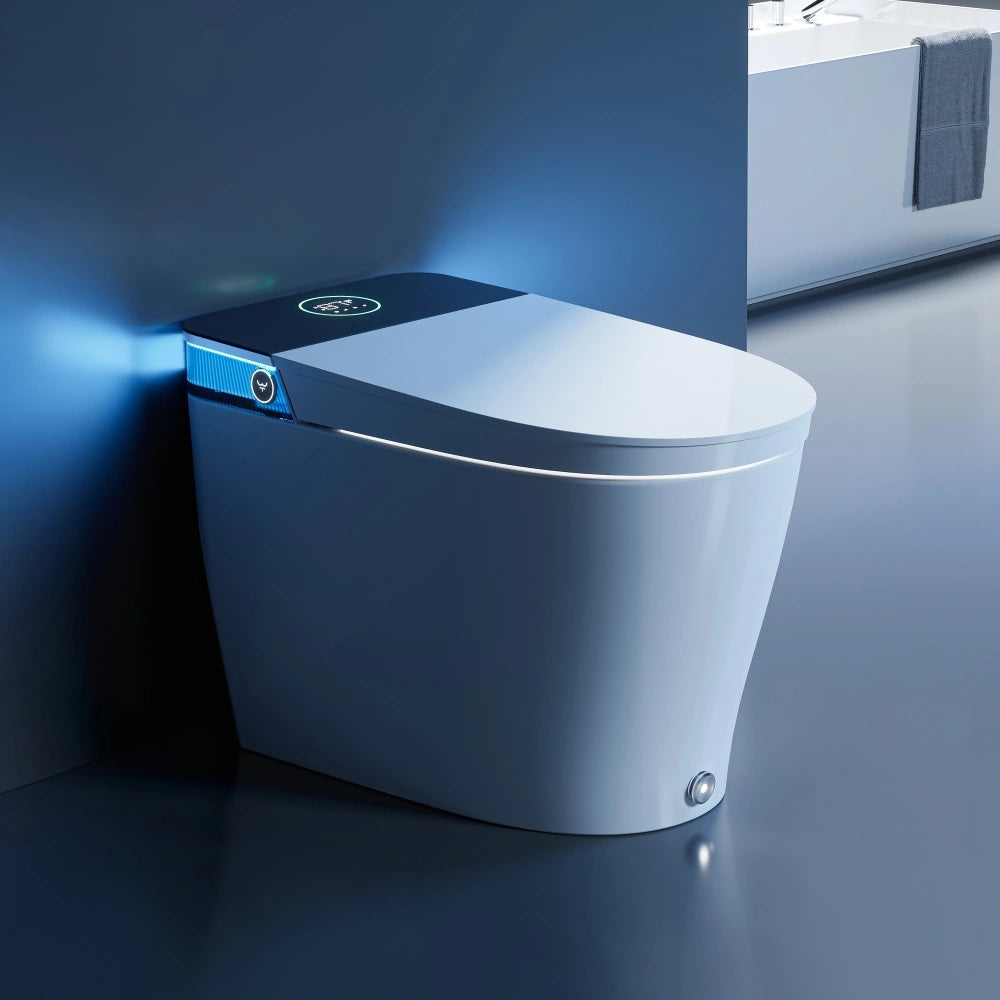
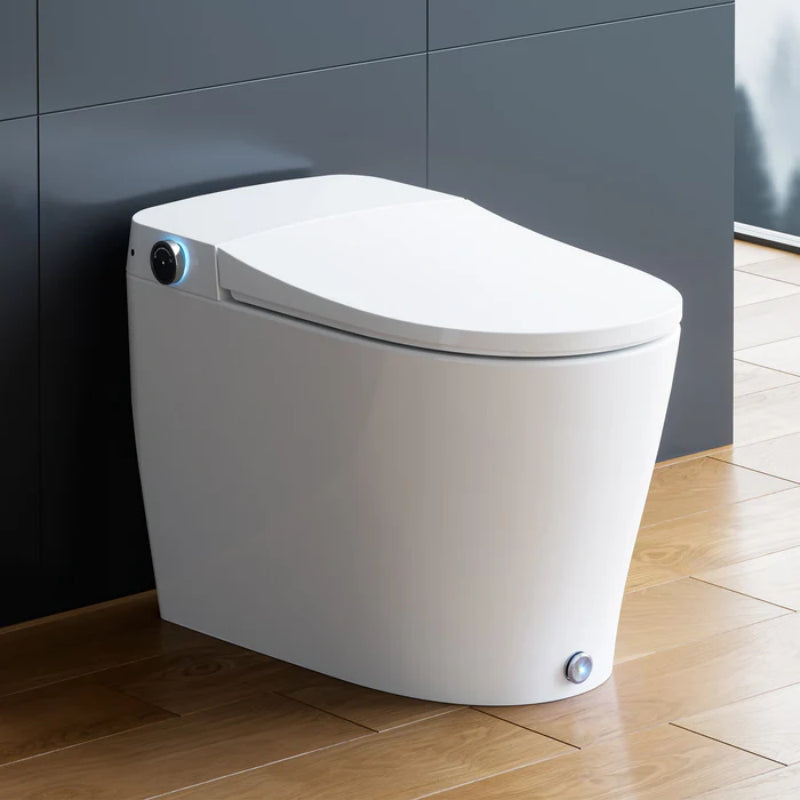
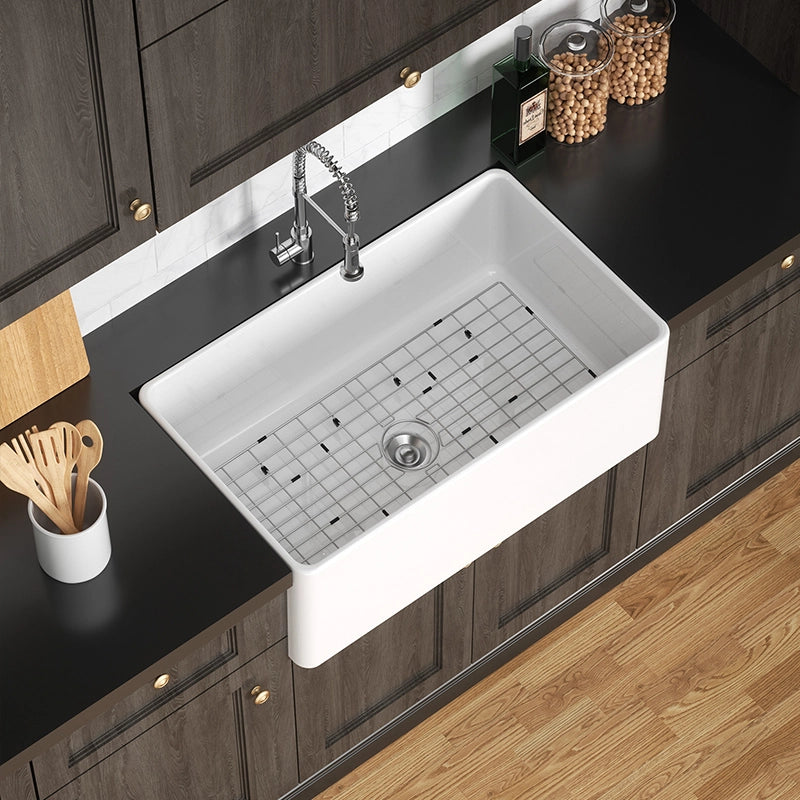
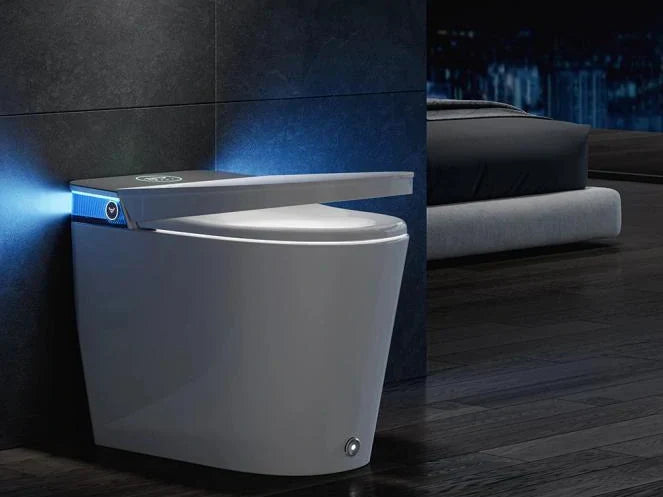
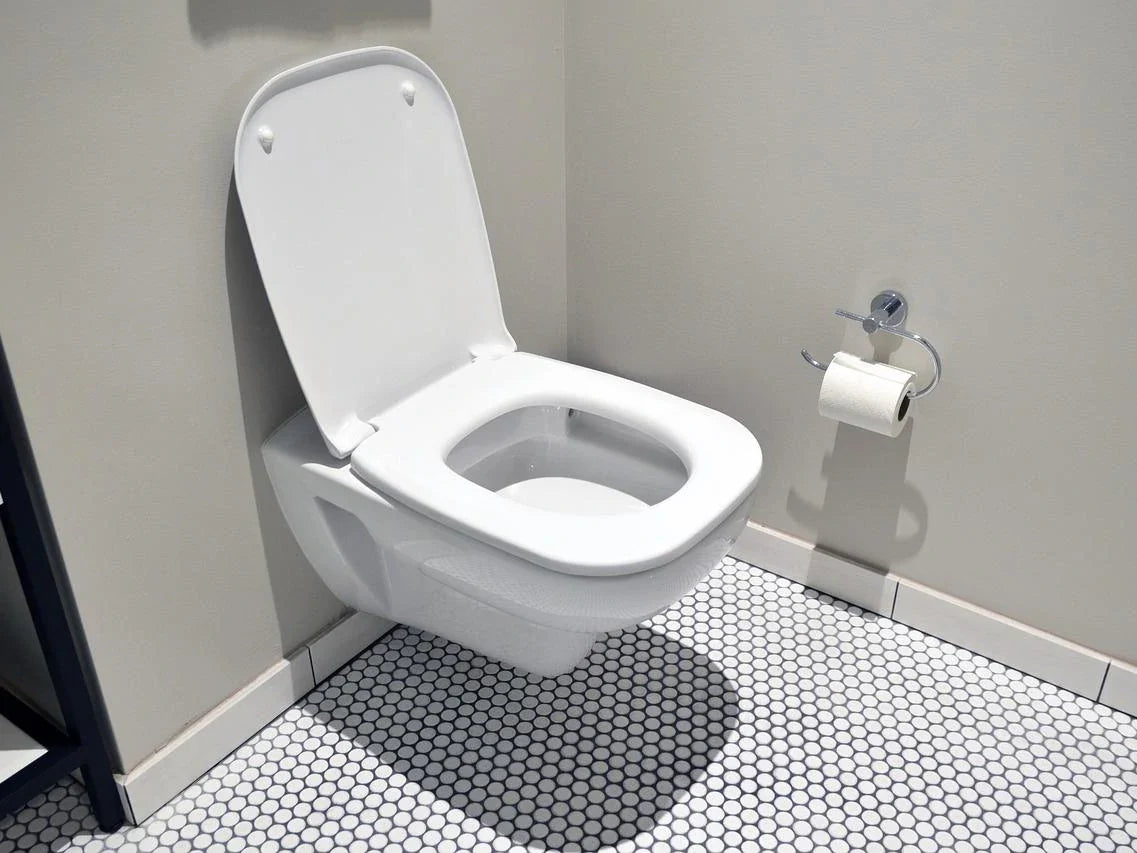
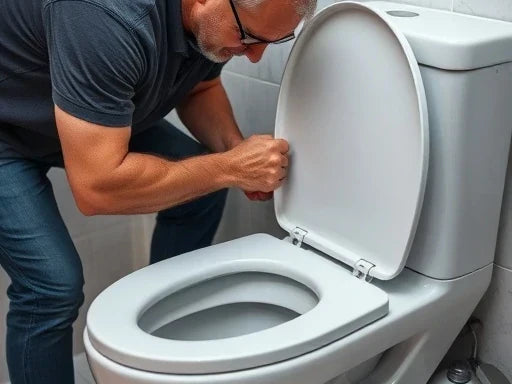

Leave a comment
This site is protected by hCaptcha and the hCaptcha Privacy Policy and Terms of Service apply.